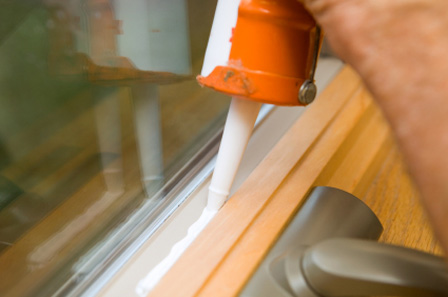View All Energy Efficiency Programs
Energy Tip Details
Back to Energy Tips
Seal key areas where air leaks out of your home

Many homes, particularly older ones, have gaps in their outer shell that allow air to escape - air that your heating and cooling systems have worked on so much. These gaps are commonly around windows and doors, in ceiling light fixtures, in electrical plug-in sockets and switches, along molding, and between floor boards and steps. While some amount of outside air infiltration is desirable, even necessary, it is very important to prevent excessive air flow.
What You Need to Do
-
1Engage a weatherization specialist to conduct a pressurization blower test to locate unwanted air leaks. With this information the specialist will be able to rectify problem areas relatively inexpensively.
-
2Be sure to seal the house to a minimum of at least an energy performance profile outlined below.
Recommendation:
Minimum 20% reduction in CFM @ 50 Pascals.
Minimize your bill and maximize your comfort. Home Performance with ENERGY STAR® Learn what this program can do for you, as either a resident or a contractor, by calling 877-524-1339.
Frequently Asked Questions
-
If I complete this measure, can I track my savings over time?If you mark an item on your plan as completed, we will track your estimated energy use and savings over time. We can use this to find additional savings options.
-
Why should I ask my contractor about the most energy efficient products?Energy efficient products usually have lower operating costs and frequently qualify for rebates.
-
How can energy upgrades improve the comfort and health of my home?No matter how efficient your heating and cooling equipment is, if your home is not properly sealed and insulated, you may not be as comfortable as you could be, and your heating and cooling systems will have to work harder. Additionally, if you have leaky or poorly insulated ductwork, your home might have humidity problems, excessive dust, or rooms that are never quite comfortable. Improving the building shell and sealing ducts can generally improve your home.
